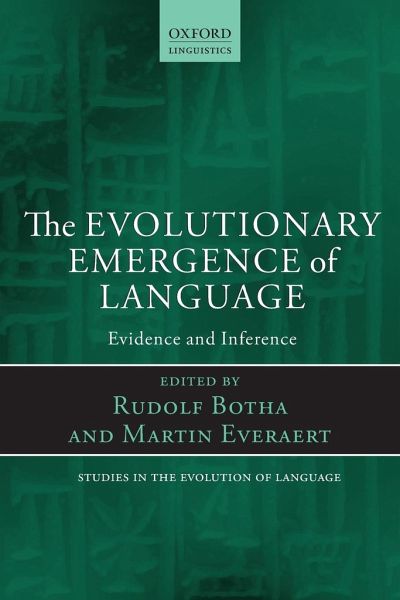
The Evolutionary Emergence of Language
Evidence and Inference
Herausgeber: Botha, Rudolf; Everaert, Martin
Versandkostenfrei!
Versandfertig in 1-2 Wochen
63,99 €
inkl. MwSt.

PAYBACK Punkte
32 °P sammeln!
Leading primatologists, cognitive scientists, anthropologists, and linguists consider how language evolution can be understood by means of inference from the study of linked or analogous phenomena in language, animal behaviour, genetics, neurology, culture, and biology.




